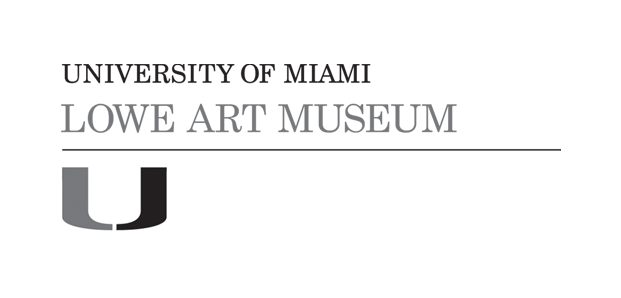A View of Karakakooa in Owyhee
Artist/Maker
Taylor
(England, dates unknown)
Artist/Maker
John Webber
(England, 1750-1793)
Date1784-1786
CultureEnglish
Mediumengraving
DimensionsSheet: 9 3/4 x 14 3/8 in. (24.8 x 36.5 cm)
Mat: 16 x 20 1/8 in. (40.6 x 51.1 cm)
Mat: 16 x 20 1/8 in. (40.6 x 51.1 cm)
ClassificationsVisual Works
Credit LineGift of Drs. Ann and Robert Walzer
Terms
Object number2004.50.9.4
On View
Not on viewCollections
After sailing to the northwest coast of North America, Alaska, and into the Bearing Strait, Cook returned in January of 1779, anchoring at Kealakekua Bay on the island of Hawaii, where he was again greeted with veneration and huge crowds of people. Webber drew this view of Kealakekua Bay after returning to England for publication in the official account of the third voyage, for which it was engraved by William Byrne (English, 1743-1805). The lack of a large crowd, reported to have included around 1,500 canoes and upwards of 10,000 people, makes it unlikely that the scene depicts Cook’s arrival. The Resolution and the Discovery dwarf the native canoes gathered around them, and at bottom left, a Hawaiian man paddles toward the British ships on a surf board made of wooden planks. For a reader of the account, this panoramic landscape of the Kona Coast, reproduced by Hogg in its correct orientation, would have reinforced Cook’s initial peaceful welcoming by the Hawaiians and set the stage for the tumultuous events to come.
Artist Unknown
1784-1786













